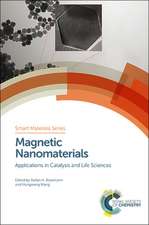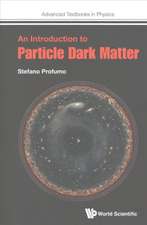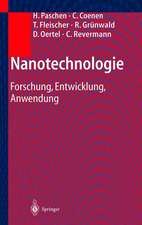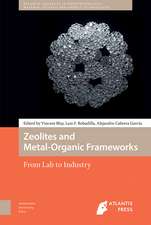Microring Resonators: Fabrication and Applications in Soliton Communications
Autor A. Afroozeh, Is Amiri, Y. Farhangen Limba Engleză Paperback – 2 dec 2015
Preț: 294.71 lei
Nou
Puncte Express: 442
Preț estimativ în valută:
56.39€ • 60.30$ • 47.02£
56.39€ • 60.30$ • 47.02£
Carte disponibilă
Livrare economică 28 martie-11 aprilie
Preluare comenzi: 021 569.72.76
Specificații
ISBN-13: 9781519611550
ISBN-10: 1519611552
Pagini: 66
Dimensiuni: 152 x 229 x 4 mm
Greutate: 0.1 kg
Editura: CreateSpace Independent Publishing Platform
ISBN-10: 1519611552
Pagini: 66
Dimensiuni: 152 x 229 x 4 mm
Greutate: 0.1 kg
Editura: CreateSpace Independent Publishing Platform












